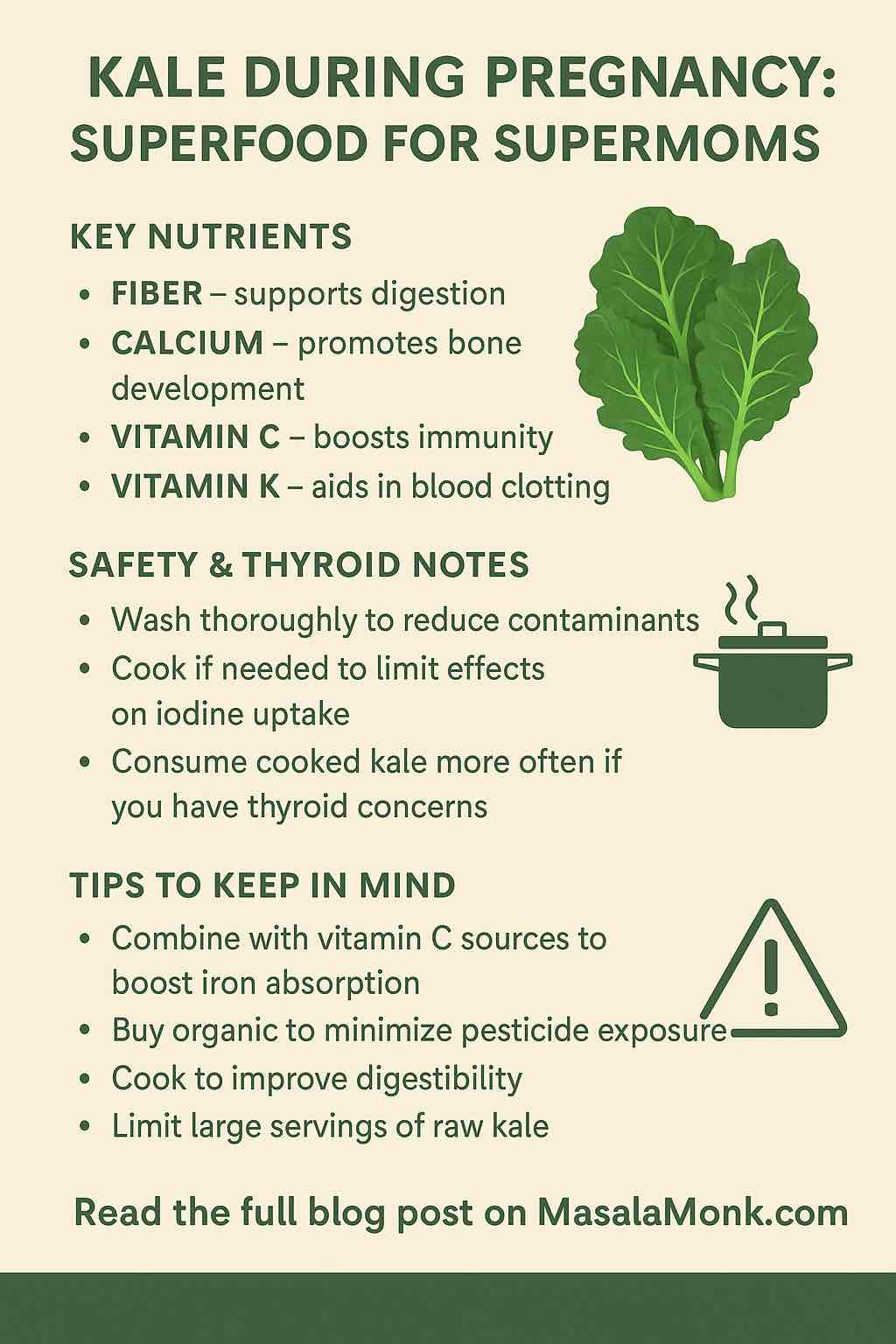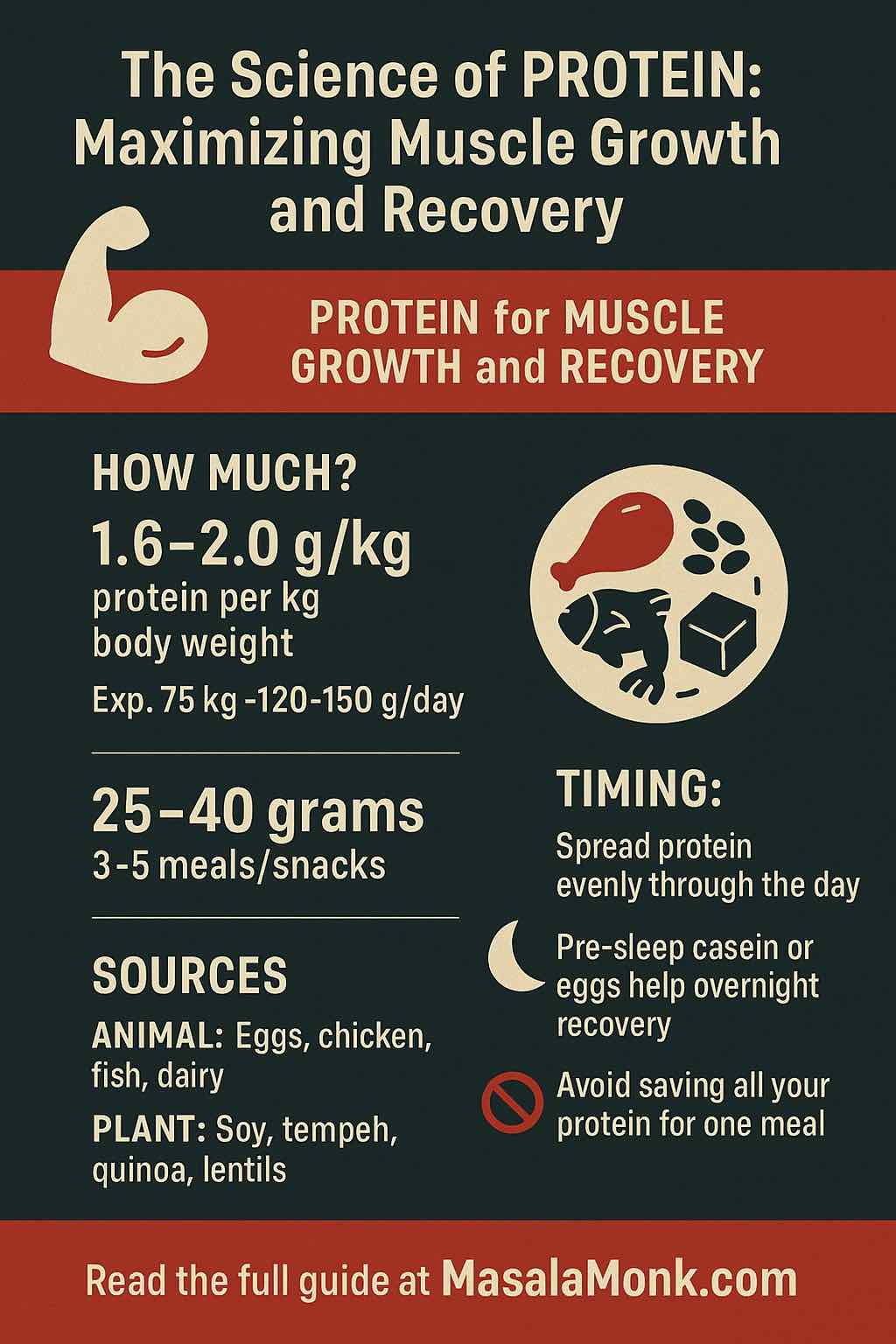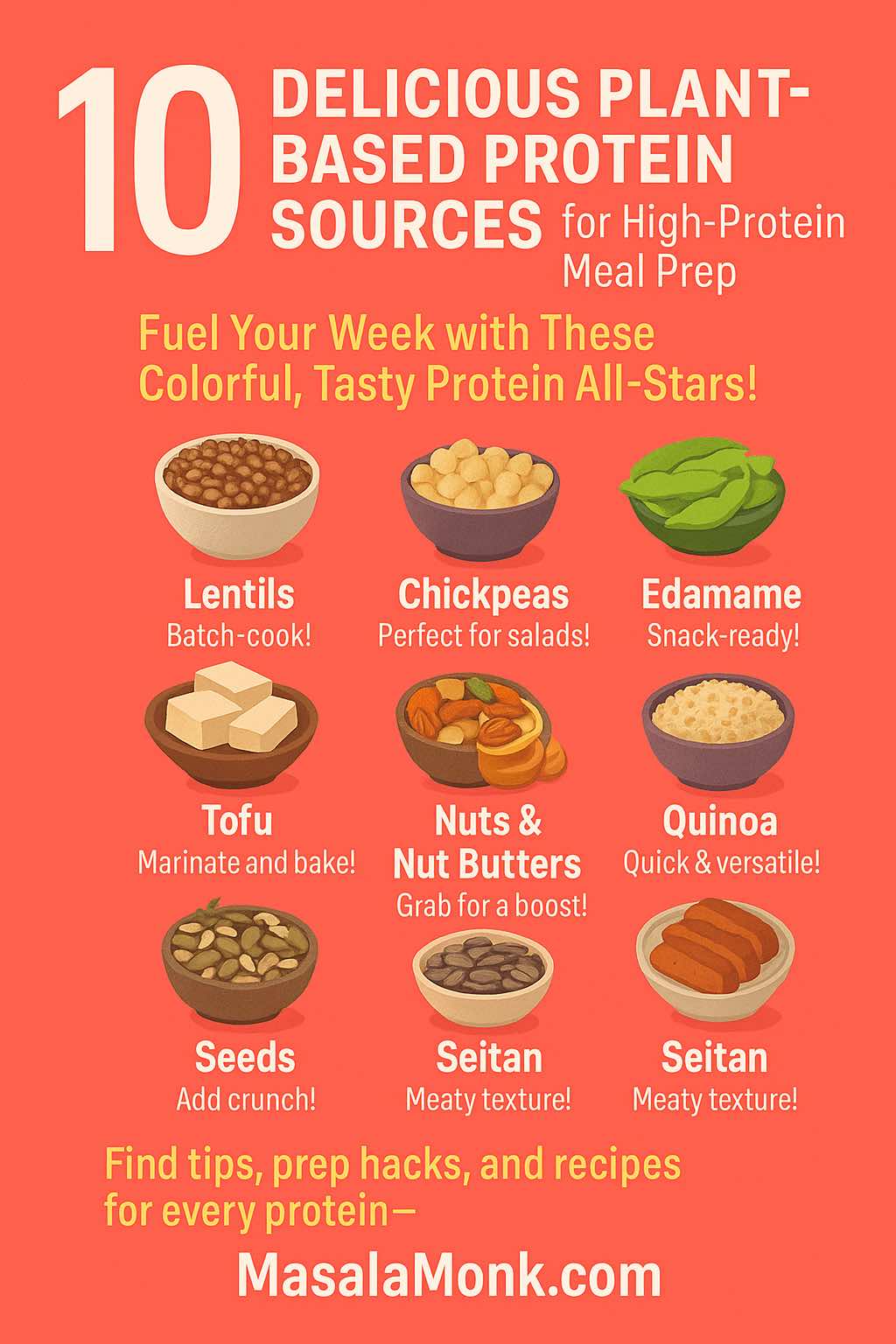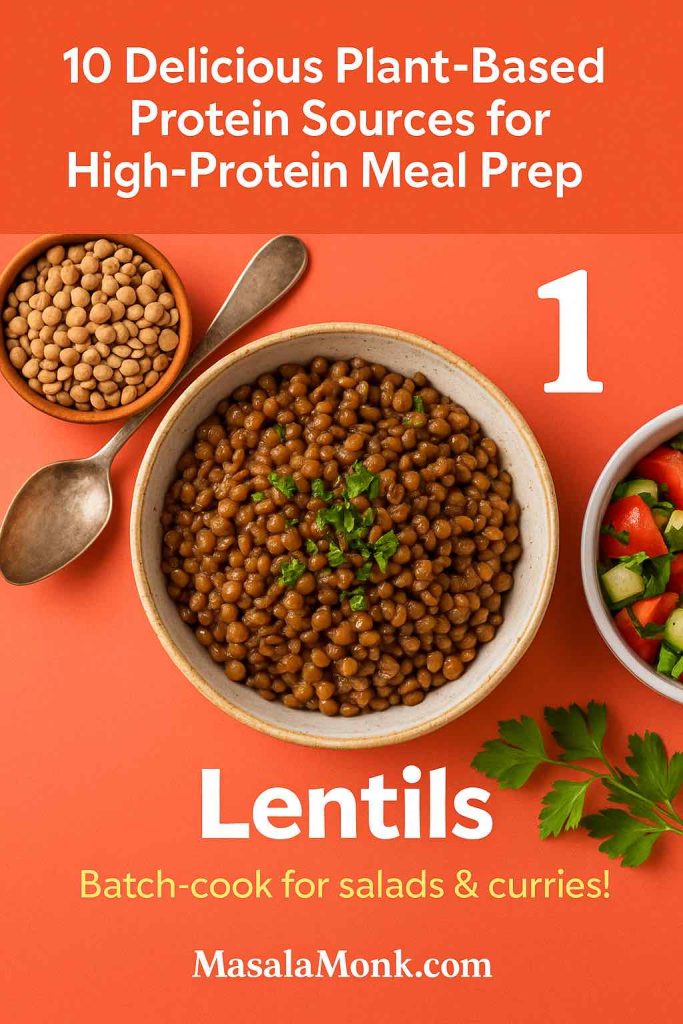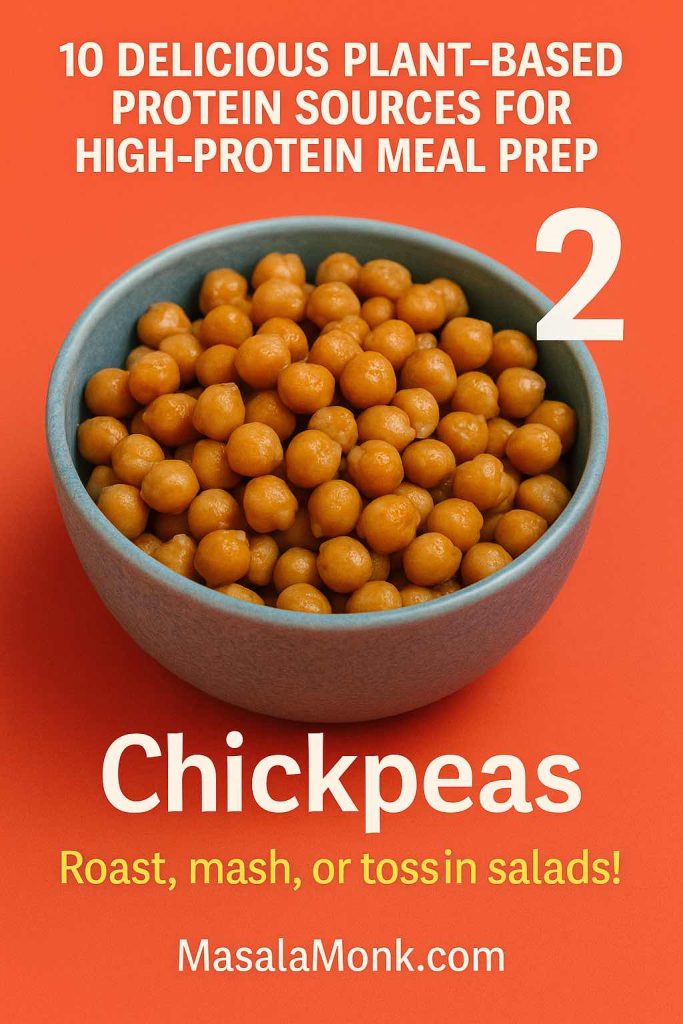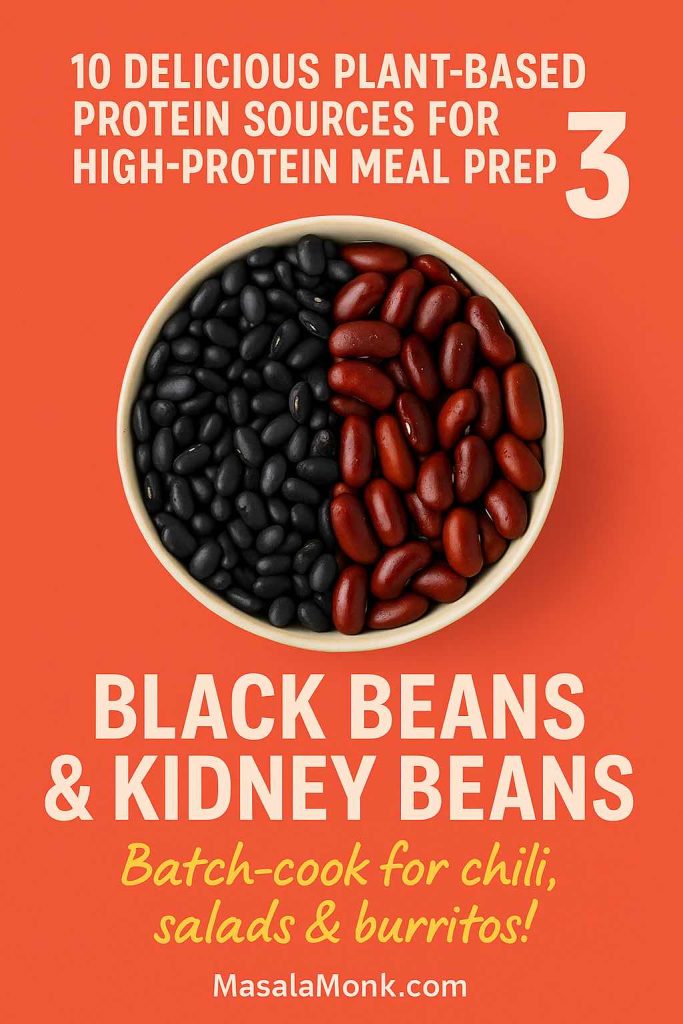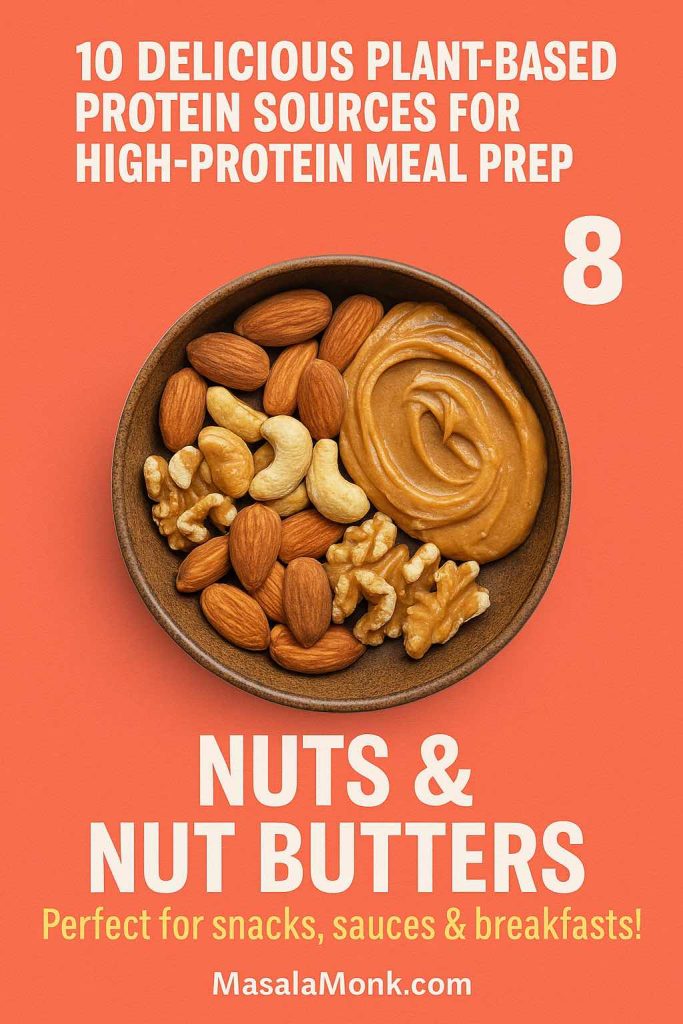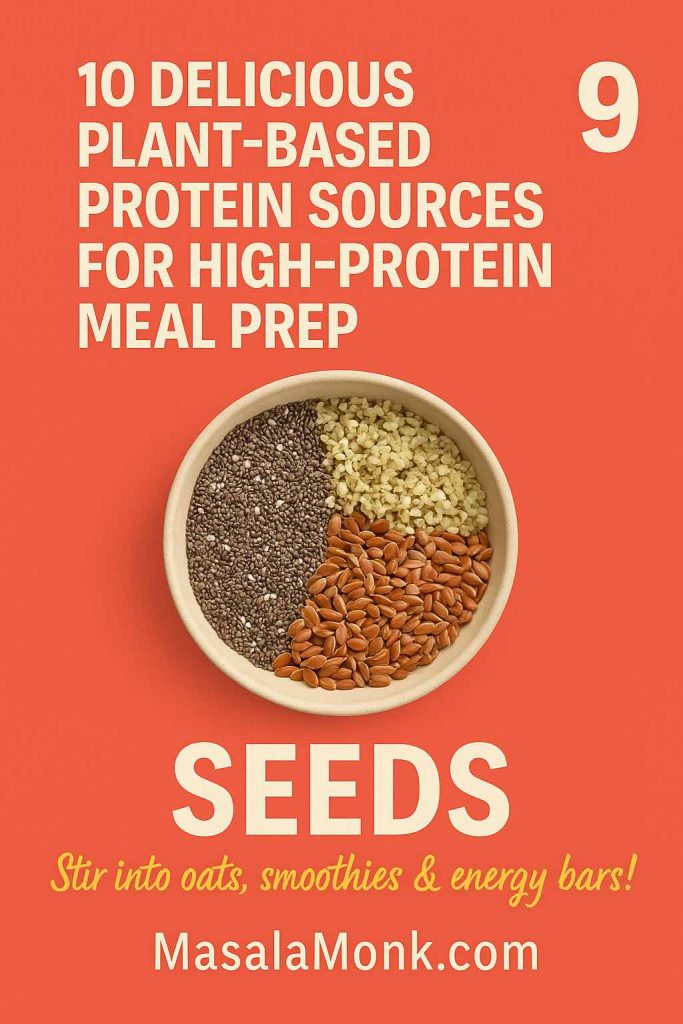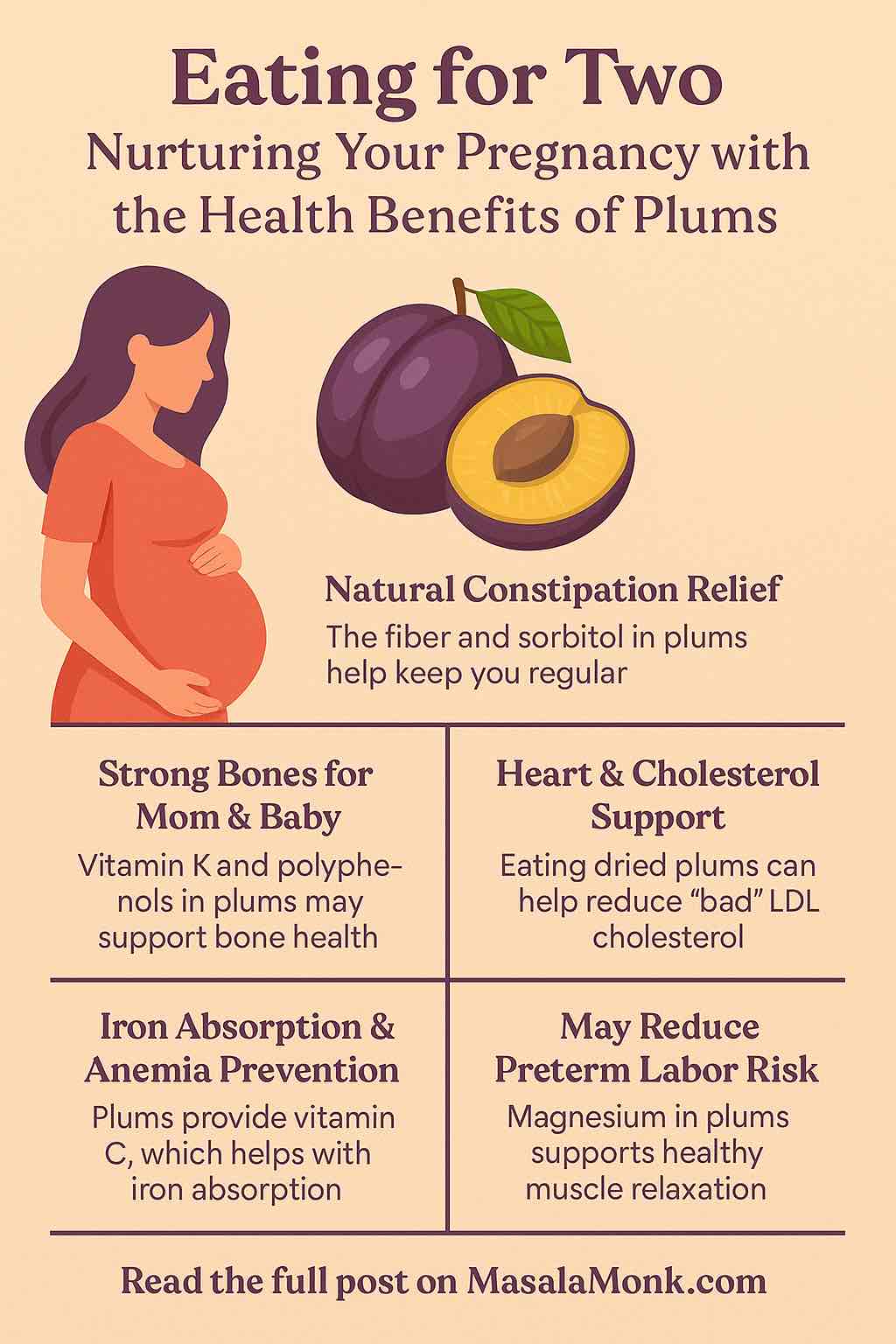
Expecting a little one? You’ve probably heard the phrase “eating for two,” but in reality, it’s not about doubling your portions—it’s about doubling the nutrients that matter most. Among the many fruits nature offers, plums (and their dried version, prunes) are a juicy, tangy, and nutrient-rich option that can work wonders for both you and your baby.
In this guide, we’ll explore how plums can support a healthy pregnancy, backed by the latest research, and show you easy ways to incorporate them into your meals—alongside links to related resources here on MasalaMonk.
Plums: Small Fruit, Big Nutritional Punch
Plums come loaded with:
- Vitamins: A, C, and K
- Minerals: Potassium, magnesium, copper, phosphorus
- Antioxidants: Anthocyanins, chlorogenic acid, catechins
- Fiber: Especially in the skin, plus natural sorbitol
If you’re new to planning a pregnancy diet, our Introduction to Pregnancy Nutrition: Empowering Your Journey to Motherhood covers the fundamentals that plums fit perfectly into.
Health Benefits of Plums During Pregnancy
1. Natural Constipation Relief
Constipation is one of the most common pregnancy discomforts. Recent research (Verywell Health, Aug 2025) confirms that plums—thanks to their fiber, sorbitol, and phenolic compounds—help regulate bowel movements without harsh laxatives.
Tip: Snack on whole plums with the skin for maximum benefit.
2. Strong Bones for Mom & Baby
Bone health is critical during pregnancy. Vitamin K, potassium, and polyphenols in plums have been shown to support bone density and reduce osteoporosis risk (Health.com, 2024; Cleveland Clinic, 2025). This is especially important as your body prioritizes calcium for your baby’s skeletal development.
You can pair plums with folate-rich recipes from our Boosting Folate in Pregnancy: Top 5 Lentil and Bean Dishes for a powerhouse meal.
3. Heart & Cholesterol Support
A 2023 meta-analysis found that regular prune consumption lowered LDL (“bad”) cholesterol—beneficial for maintaining cardiovascular health during pregnancy, when blood volume and heart workload increase.
4. Antioxidant & Anti-Inflammatory Protection
Lab studies (Verywell Health, 2025) show plum extracts may inhibit certain cancer cell growth and reduce oxidative stress. While these are preliminary findings, antioxidants in pregnancy are linked to reduced inflammation and better vascular function—important for conditions like preeclampsia.
5. Iron Absorption & Anemia Prevention
Plums provide small amounts of iron and vitamin C, which helps your body absorb iron from other plant-based sources—especially important if you’re vegetarian or vegan.
Learn more in our Vegetarian Diet and Anemia Prevention in Pregnancy.
6. May Reduce Preterm Labor Risk
Some pregnancy-focused studies and nutrition resources highlight plums’ magnesium content, which supports muscle relaxation—including the uterus—potentially reducing the risk of preterm contractions.
How Much is Safe?
For most healthy pregnancies, 150–200 g of fresh plums (about 2–3 fruits) per day is safe and beneficial. Dried plums (prunes) are more concentrated, so start with 3–4 prunes per day to see how your digestion responds.
Caution: If you’re prone to kidney stones, have uncontrolled diabetes, or take blood thinners, talk to your healthcare provider before increasing intake.
Delicious Ways to Enjoy Plums While Pregnant
- Add sliced plums to morning oatmeal or yogurt bowls.
- Blend into a smoothie with spinach and Greek yogurt for a nutrient boost.
- Pair with cheese or nuts for a balanced snack.
- Use in lightly cooked chutneys or compotes.
For more pregnancy-safe kitchen practices, see Safe Eating During Pregnancy: Foods to Eat, Avoid, and Safety Practices.
Final Thoughts
Plums may be small, but they pack a powerful nutritional punch—offering relief from constipation, supporting bone and heart health, boosting iron absorption, and delivering antioxidant protection. By adding them thoughtfully to your pregnancy diet, you’ll be nourishing both yourself and your baby in a delicious, natural way.
Pair them with other pregnancy-friendly foods—like apples, covered in our Apples During Pregnancy: A Crunchy Bundle of Joy and Health—for a well-rounded fruit intake.
Because when you’re eating for two, every bite matters—and a juicy plum might be just what you both need.
FAQs: Eating for Two – The Health Benefits of Plums During Pregnancy
1. Are plums safe to eat during pregnancy?
Yes, plums are generally safe in moderation for most healthy pregnancies. They are rich in vitamins, fiber, and antioxidants, making them a great addition to a balanced diet. Always wash them thoroughly before eating.
2. How many plums can I eat per day while pregnant?
A safe range is about 150–200 g of fresh plums (2–3 fruits) daily, or 3–4 dried plums (prunes), unless otherwise advised by your doctor.
3. Can plums help with constipation during pregnancy?
Yes. Plums contain both soluble and insoluble fiber, as well as sorbitol—a natural sugar alcohol with a mild laxative effect—making them effective in relieving pregnancy-related constipation.
4. Do plums help prevent anemia?
Plums provide small amounts of iron and vitamin C, which helps your body absorb iron from plant-based foods. Pairing plums with other iron-rich foods can support anemia prevention.
5. Can plums reduce the risk of preterm labor?
Some nutrition experts note that plums’ magnesium content may help relax muscles and potentially lower the risk of premature contractions, though more research is needed.
6. What’s the difference between plums and prunes for pregnancy benefits?
Prunes are dried plums, more concentrated in nutrients and natural sugars. They offer similar benefits—especially for digestion—but should be eaten in smaller amounts.
7. Are there any side effects of eating too many plums during pregnancy?
Overeating plums may cause diarrhea, bloating, or spikes in blood sugar. People prone to kidney stones should limit them due to oxalates.
8. Can plums help with bone health during pregnancy?
Yes. Plums contain vitamin K, potassium, and polyphenols that may help maintain bone density, which is crucial as your body diverts calcium to your growing baby.
9. How should I include plums in my pregnancy diet?
Enjoy them fresh, in smoothies, mixed into oatmeal, baked in healthy desserts, or paired with cheese and nuts for balanced snacks.
10. Do I need to avoid plum skins while pregnant?
No, in fact, plum skins contain much of the fruit’s fiber and antioxidants. Just wash them thoroughly to remove pesticides or contaminants.

